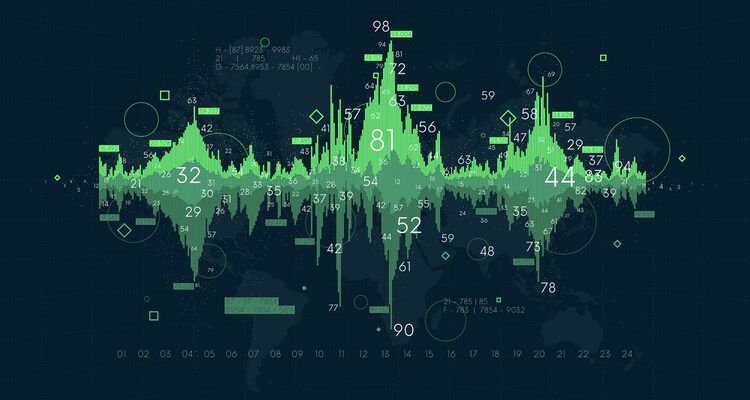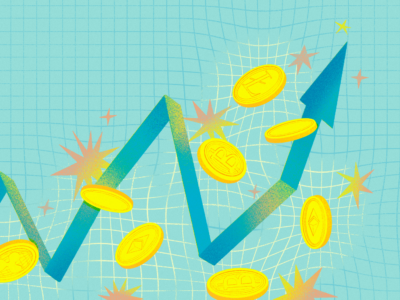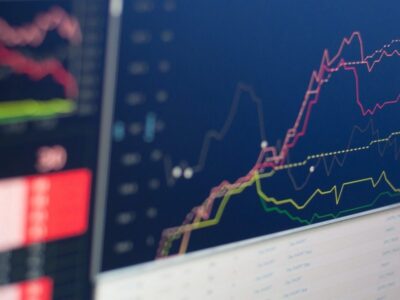Technical indicators play a crucial role in the world of automated trading strategies. These mathematical calculations based on price, volume, and other market data help traders and algorithms make informed decisions about when to enter or exit trades. By incorporating various indicators into their automated systems, traders aim to gain an edge in the fast-paced and complex financial markets.
Understanding technical indicators
Technical indicators are tools used to analyze historical price and volume data to predict future market movements. They come in many forms, each designed to provide specific insights into market trends, momentum, volatility, or other aspects of trading. Some common types of indicators include moving averages, oscillators, and trend-following indicators.
Importance of technical indicators in automated trading
Automated trading systems rely heavily on technical indicators to make decisions without human intervention. These indicators provide objective, data-driven signals that can be easily programmed into trading algorithms. By removing emotional biases and human error, automated systems can execute trades more consistently and efficiently than manual trading methods.
Use of verified forex ea has become increasingly popular among traders seeking to implement automated strategies in the foreign exchange market. These expert advisors are pre-built trading algorithms that utilize various technical indicators to analyze market conditions and execute trades automatically. By incorporating verified and tested expert advisors, traders can leverage the power of technical indicators without having to develop complex algorithms from scratch.
Combining multiple indicators for robust strategies
Successful automated trading strategies often employ a combination of different technical indicators to provide a more comprehensive view of market conditions. For example, a strategy might use moving averages to identify trends, relative strength index (RSI) to gauge overbought or oversold conditions, and Bollinger Bands to measure volatility. By integrating multiple indicators, traders can create more robust and versatile automated systems.
Backtesting and optimization
One of the key advantages of using technical indicators in automated trading is the ability to backtest and optimize strategies. Historical market data can be used to simulate how a particular combination of indicators would have performed in the past. This allows traders to refine their strategies, adjust indicator parameters, and identify potential weaknesses before risking real capital in live markets.
Potential limitations and considerations
While technical indicators are powerful tools in automated trading, it’s important to recognize their limitations. No indicator can predict market movements with perfect accuracy, and over-reliance on a single indicator or set of indicators can lead to false signals and poor trading decisions. It’s crucial to thoroughly test and validate any automated strategy before deploying it in live markets.
Human element in automated trading
Despite the name, automated trading strategies still require human oversight and intervention. Traders and developers must regularly monitor system performance, make necessary adjustments, and ensure that the strategy remains aligned with overall trading goals. The role of technical indicators is to support and enhance human decision-making, not to replace it entirely.
Conclusion
Technical indicators are fundamental components of automated trading strategies, providing the quantitative basis for market analysis and decision-making. By leveraging these tools, traders can create sophisticated algorithms capable of executing trades with speed and precision. To implement indicators successfully, one must understand both the market and the indicators themselves. A key component of the development of effective and profitable strategies in automated trading is the use of technical indicators.












